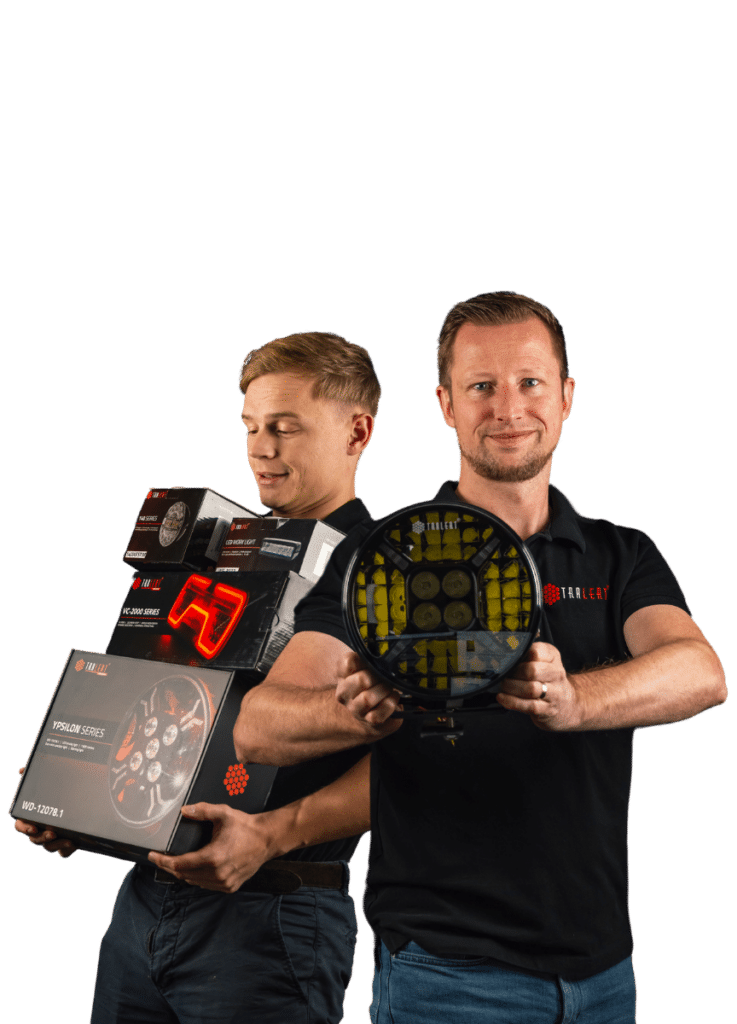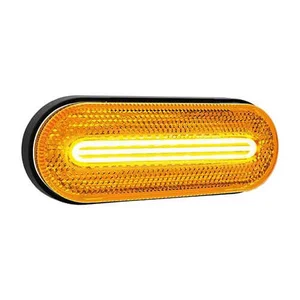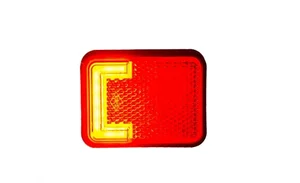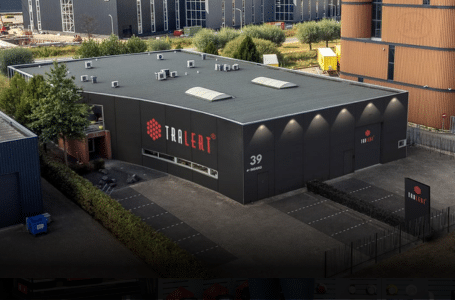Since 2022, it has been mandatory for LZVs to use flashing side marker lights in Germany. This applies not only to German vehicles, but also to foreign LZVs operating on German roads.
In this blog you will learn:
- On the requirement for flashing side-markers on LZVs in Germany
- What this means for transport between the Netherlands and Germany
- How the Lang-Lkw program in Germany works
Is flashing side marking mandatory in Germany?
Yes, in Germany, LZVs must be equipped with side marker lights that flash in sync with the indicator.
What is the Lang-Lkw programme?
If you wish to operate an LZV on the official German Lang-Lkw network (also known as the Positivnetz), your vehicle must meet a number of technical and safety requirements. Two of these requirements have been mandatory for all vehicles since 1 July 2022, including existing LZVs.
- Side marker lights
The side lighting must flash in sync with the indicator on the same side. This increases visibility when turning or changing lanes. - Turn assist system (Abbiegeassistent) A certified system that monitors the blind spot and warns the driver of vulnerable road users such as cyclists or pedestrians.
How does that relate to European regulations?
While the European Union will only require flashing side marker lights for new O3 and O4 trailers starting January 2025, Germany is already far ahead. Since July 2022, flashing side marker lights have been mandatory in Germany for all LHVs on the Lang-Lkw network — regardless of their year of manufacture or country of origin.
And take note: Germany goes even further. A separate lateral indicator, as permitted under EU rules, is not sufficient in Germany. The side lighting must flash exactly at the same time as the turn signals. It may seem like a small detail, but it makes a big difference in visibility and safety.
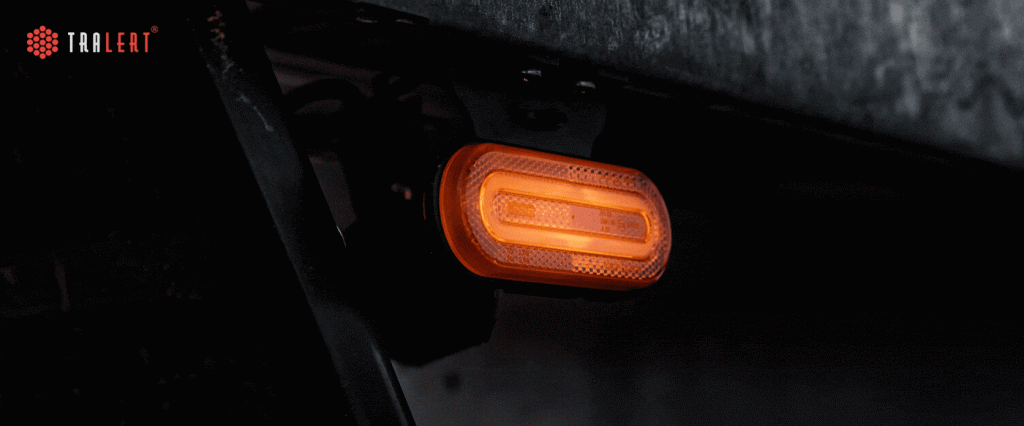
The mandatory turn assist system
A turn assist system, also known as a turn camera or turn assist system, is a technological feature designed to significantly reduce the number of accidents, especially involving pedestrians and cyclists, caused by turning trucks. These systems are designed to reduce the dangers of the so-called "blind spot. The blind spot is the area next to a vehicle that is invisible to the driver, even with the use of exterior mirrors. The purpose of a turning assistant is to reduce the risk of accidents. Indeed, in urban areas in particular, where pedestrians and cyclists are often in close proximity to large vehicles, unnecessary accidents occur.
How does a turning aid system work?
A turn assist system, also called a turn aid, is an advanced technological tool that increases safety when making turns with large vehicles, such as trucks and buses. The system uses sensors, such as cameras and radars, to minimize the blind spot next to the vehicle. It activates when the turn signal is used or when the vehicle is moving slowly, and warns the driver visually and acoustically if objects or road users are detected in the blind spot. This reduces the risk of accidents when turning, especially in urban areas where pedestrians and cyclists are often near large vehicles. The article maximum width of a truck might also be of interest to you.

When is my vehicle an LZV?
A vehicle is considered a Long Heavy Vehicle (LHV), also known as an ‘Ecocombi’ or ‘Gigaliner’, when it is longer than the standard length of 18.75 meters and meets national approval requirements for extra-long vehicle combinations. In most European countries, including the Netherlands, an LHV may have a maximum length of 25.25 meters. The maximum allowed weight differs per country: in the Netherlands it is 60 tons, while in Germany the limit is 40 tons, or 44 tons for intermodal transport.
LHV’s are used to carry more cargo per trip, resulting in up to 30–40% fuel savings per transported ton, depending on the route and load. In Germany, LHV’s are divided into five approved vehicle combinations (Type 1 through 5). Within the German Lang-Lkw program, additional safety features are mandatory, including a turn assist and side marker lights that flash synchronously with the turn signals.
LHV according to Dutch classification (note: in Germany Types 1 to 5 apply according to the official Federal Ministry of Transport).
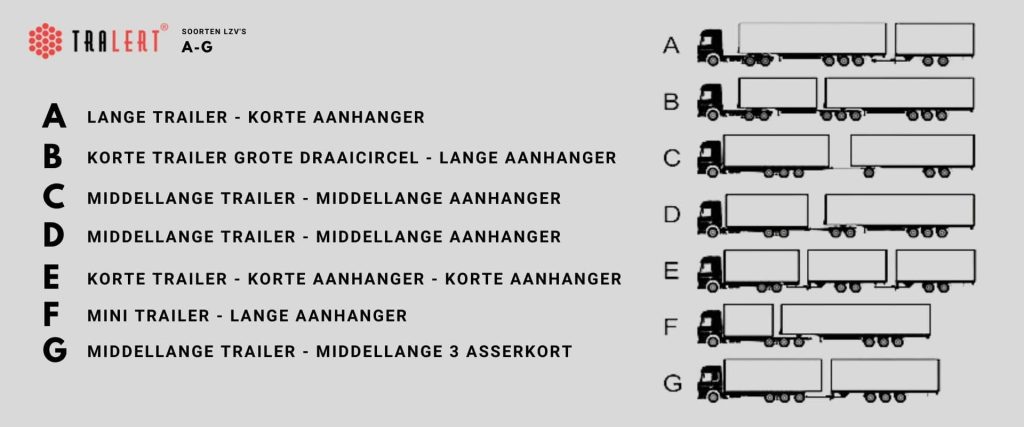
LHV Transport between the Netherlands and Germany
Please note: For Dutch LHV combinations, the same technical requirements apply in Germany as for German vehicles. This means that Dutch LHVs must also be equipped with an approved turn assist system and side marker lights that flash synchronously with the turn signals. Without these modifications, a foreign LHV will not be permitted on the German road network. Germany has made bilateral agreements for this, including with the Netherlands, making these safety features mandatory for cross-border LHV traffic.
When will these rules be deployed Europe-wide?
Since 7 July 2024, it is mandatory throughout the entire European Union that all newly sold trucks and buses (categories N2, N3, M2, M3) are equipped as standard with a turn assist or blind spot warning system. This obligation stems from EU Regulation 2019/2144 and applies in addition to national measures such as those in Germany. For existing vehicles, there is (as yet) no retrofit obligation, but member states may apply their own rules, as Germany does for LHVs.
New EU regulation since 2025 for heavy trailers from 3500 kilograms
From 1 January 2025, the revised UNECE Regulation R48 requires all newly approved O3 and O4 trailers to be equipped with side lighting that flashes in sync with the turn signal. This can be achieved using flashing side marker lights or a separate side direction indicator. Learn more in the article about trailer lighting regulations.

